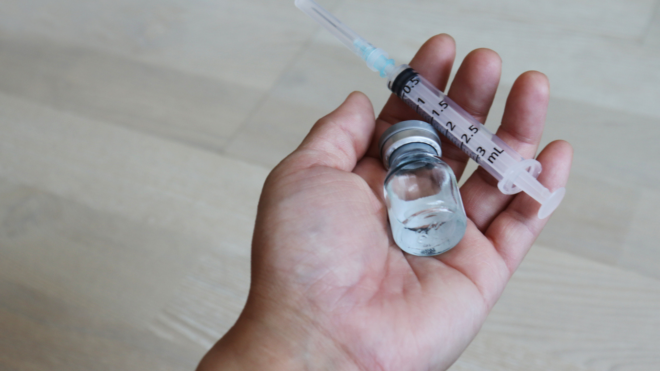
Back in my 20s, I lived for impulse buys. On my work breaks, I would head downstairs to the boutique clothing store to check out what new tops and dresses were in. Then I'd browse the sale rack and look for deals. My eyes would widen whenever I saw something discounted at more than 50% off.
While strolling down the beauty aisle, I’d get itchy and want to pick up a new mascara that promises to make my lashes 10 times thicker, longer, and darker. It’s only $10, right?
On the weekends, I’d be on my way to the bank and I’d walk by a pastry shop. The smell of freshly baked croissants would draw me in and I’d drop $6 on a pain au chocolat.
At the time, I didn’t have a family to support. The money I earned was mine to spend. I didn’t think those tiny purchases mattered until one day when I decided to thoroughly go through my Visa bill.
An inedible pie opened my eyes.
On the bill, it provided a pie chart of what I was spending on. More than half of that pie was for personal care, restaurants, entertainment, and miscellaneous goods and services. I was shocked to see how those seemingly harmless purchases were adding up, creating a bigger hole in my wallet than the things I need like housing, utility, and transportation.
I was spending thousands of dollars a year on nonessential items. It wasn’t just the money that stressed me out. From expired makeup and novelty T-shirts to goal jeans, the amount of clutter and waste was negatively affecting my life.
So I decided to make a change. Here’s what I did.
First, I created a realistic nonessential budget goal.
My goal for the following month was to reduce that nonessential spending by half. That meant every time I wanted to make an impulse buy, I would only go for it 50% of the time.
If I refrained yesterday, I could give myself permission to buy something today. The items I wanted to get had to be less than $10.
It became a bit of a game because the less I gave in, the more money I was “saving” for a huge impulse buy. It’s like if I don’t spend for five days, that’s $50 of stuff I can buy.
But by the time the month ended, I surpassed my goal and decreased my nonessential spending down to 15% of my Visa bill.
No spend days pushed me further.
After I got the hang of only giving in to impulse buys half the time, I decided to aim for consecutive days of no spending. This did not include essential things like bills, mortgage, utilities, and groceries.
Basically, I didn’t take out my credit card unless it was something I absolutely needed. It’s been almost a decade since, and I no longer count my no spend days.
Follow this simple rule before buying.
Everyone gives the basic advice of waiting 24 hours before buying anything. But for me, it’s hard to just step away, especially if the deal is amazing and I’m emotionally invested. So I created this simple rule that helps me decide whether to buy or not.
If I’m in the store, I’ll stop, hold the item in my hand, and look at it carefully.
If this is online, I’ll stop, take my hands off the mouse and keyboard, and close my eyes.
Then I take a deep breath and ask myself the following questions:
Why do I want this thing/gadget/experience?
I have to give concrete reasons for why I want the thing, not just “I’m treating myself.”
Is this expensive?
If yes, does the amount of stress to buy this thing outweigh the amount of joy I will feel owning it?
Stress > Joy = Don’t Buy
Joy > Stress = Buy
If not, how long will the joy last from owning this thing?
Joy < 1 year = Don’t Buy
Joy > 1 year = Buy
By changing my spending habits and my attitude toward money, I’ve saved tens of thousands of dollars over the years and created long-lasting, sustainable happiness for the simple things in life that no amount of money could buy.







